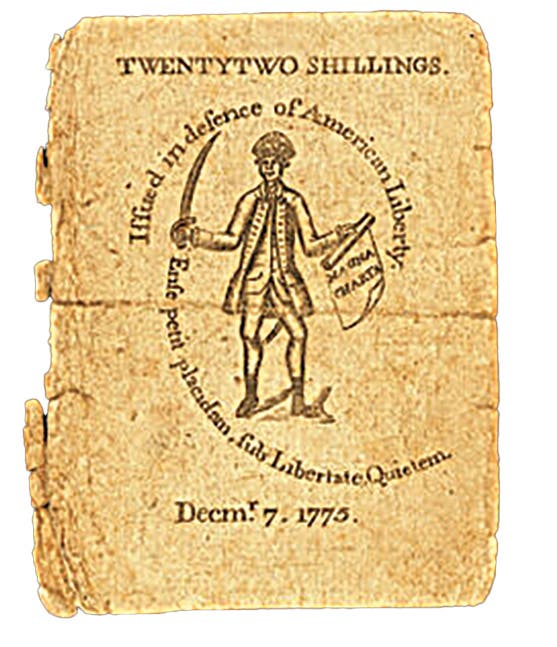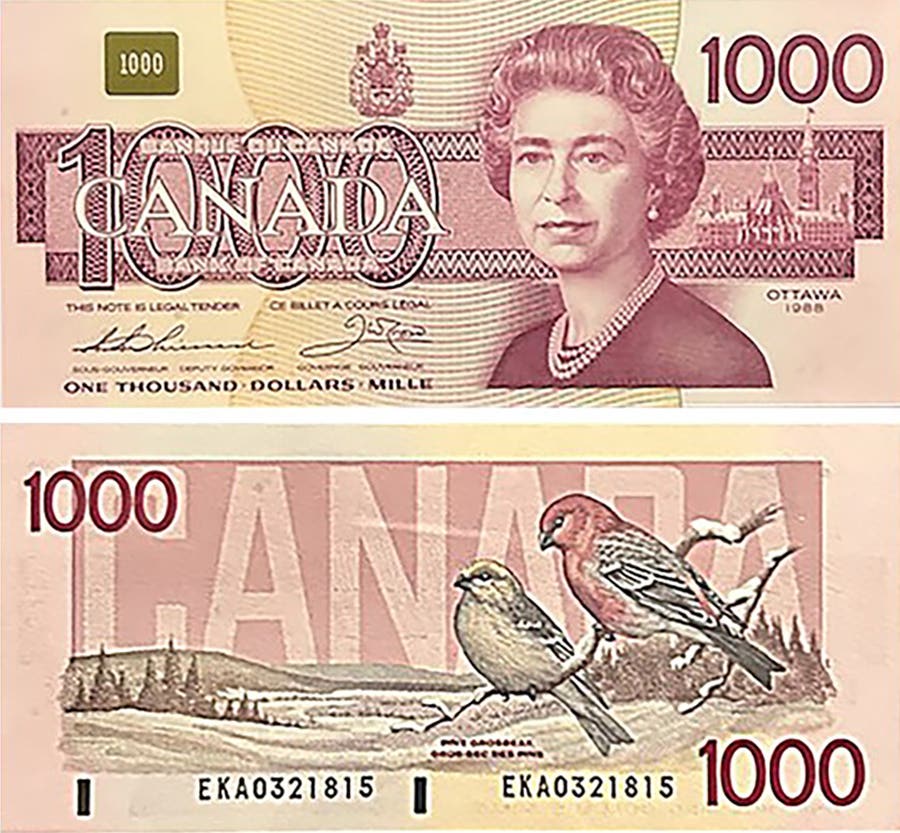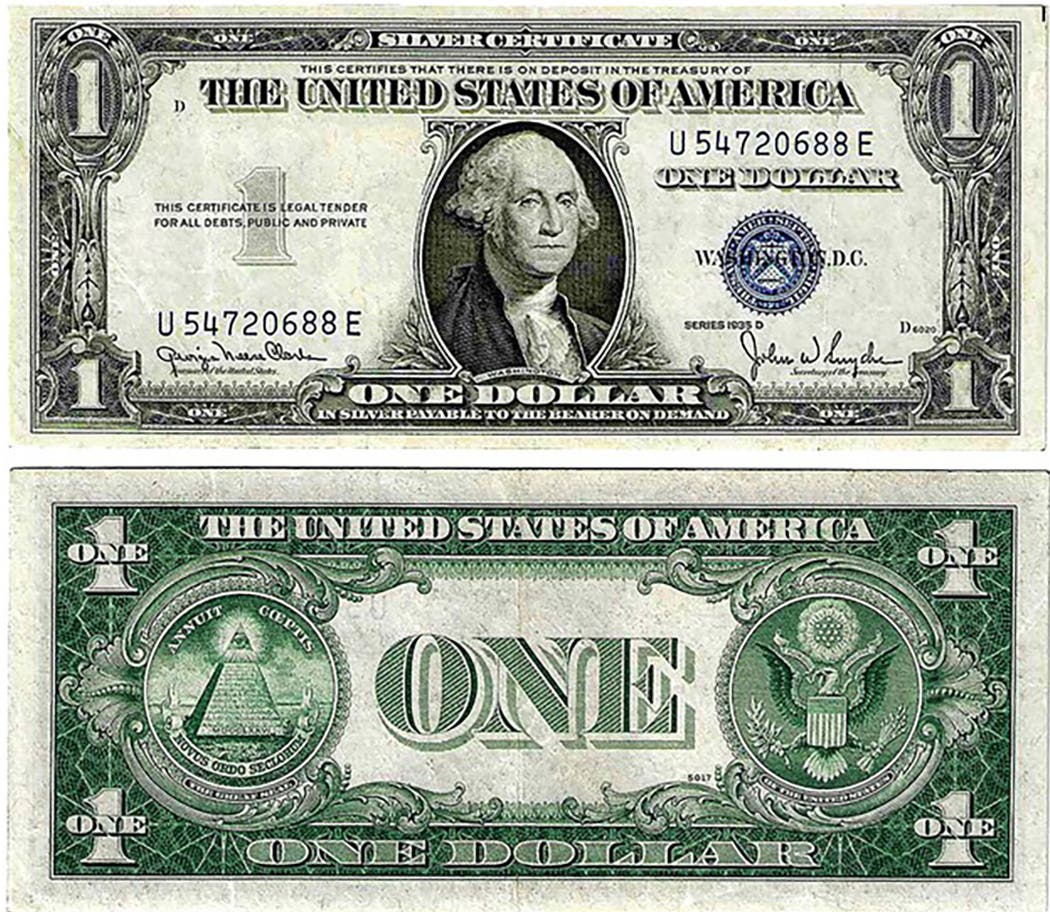Jefferson City a tale of two cities
By Mark Hotz This year marks what I believe is my 20th year of writing articles and columns for Bank Note Reporter. Over the years, the topics of my articles…
By Mark Hotz
This year marks what I believe is my 20th year of writing articles and columns for Bank Note Reporter. Over the years, the topics of my articles have ranged from interesting items in my own collection, to Brown Back $5 layouts among the proof sheets held in the National Numismatic Collections of the Smithsonian Institution, to what eventually became this regular column, "Hotz Off the Press." The proof sheets have since been sorted and organized by Peter Huntoon and his cohorts, and are now being digitized for everyone to view and enjoy on line.
This column, in which I have visited small towns and brought their national banks alive to you, has been a true joy to write. I have seen so many interesting small towns, and have been able to visit and record many buildings from where National Bank Notes in my own collection emanated.
In several cases, the bank buildings I identified and included in these columns have since been demolished—a sad fact that will continue since many of these old buildings are too expensive to refurbish. I can think of several, including those in Gormania, W.Va., and Kitzmillerville, Md., that succumbed to the wrecking ball in the years after I visited them.
With the advent of expanded Google Earth and Google Streetview technologies, I am now able to visit and present to you banks in towns that would have proved impossible for me to visit in person. This is a great opportunity for everyone. With that in mind, I chose an interesting note from my collection and this month we will be visiting its home—Jefferson City, Tenn.
Some years back a large-size Series of 1902 note on the First National Bank of Jefferson City, Tenn., turned up on eBay. I do not collect Tennessee notes, but I had never heard of the town and found the name intriguing—almost anyone hearing “Jefferson City” immediately thinks of the capital of Missouri. There were only two National Bank Note-issuing towns with this name, and the Tennessee one was the most appealing to me. So I bought it, and it has led to this month’s article.
Jefferson City is a town in Jefferson County in northeastern Tennessee, located about halfway between Knoxville and Morristown on U.S. Route 11, which roughly parallels Interstate Highway 40. The town is home to Carson-Newman University, a Baptist college founded in 1851. Much of Jefferson City’s current population of 7,700 is due to the college.
Jefferson City was originally named for a creek—Mossy Creek. The first explorers to the area chose the name because of the vivid green moss growing in the creek bed.
Apparently Mossy Creek was a supply point for these early explorers. When Adam and Elizabeth Sharkey Peck and family arrived from Virginia in 1788, they found a small abandoned fort or blockhouse beside a spring of fresh water flowing into a nearby creek. Tradition goes that the Pecks set up their dwelling in this structure until their own log cabin, slightly northwest of the present city, was ready for occupation. Despite the danger from the Indians, Mossy Creek proved to be so desirable that by 1797 75 to 100 families had settled within a four-mile radius of it.
About the same time, Thomas Hume opened the first store and in 1798 Christopher Haynes established an iron works, which operated for about 10 years. The first post office was set Nov. 21, 1816 at the old “Mossey” Creek Iron Works with Willie Zount Peck as postmaster, salary $2.17 a month. Before 1818, settlers had to get mail from Greeneville.
By the mid-1840s three factors helped cause the gradual southeastward shifting of the center of population and business: The beginning of Mossy Creek Baptist Missionary Seminary in 1851, the intermittent mining of zinc ore some years after its discovery east of town by Willis Hammond and George Wright in the 1830s, and the completion of the East Tennessee Railroad between Bristol and Knoxville in 1858.
Mossy Creek did not escape the Civil War. On Dec. 29, 1863, a battle was fought, with the Union forces on one side of the creek and the Confederate forces on the other. This encounter resulted in a defeat for the latter. During the tragic days after the war many Southern civic, government, and military leaders had to sign a Certificate of Allegiance to the Constitution of the United States.
Before 1900, two communities, Carsonville on the south and Frame Addition on the west, were in existence. Although these communities were separated from Mossy Creek by farmland, they incorporated in 1901 under the name Jefferson City with a charter voted on Feb. 7, 1901. The first meeting of the city fathers was held in an old print shop located north of the railroad tracks. According to history, a few of the business and professional men were called “mossbacks” when they traveled to other areas. Consequently, they supported the name change to Jefferson City, in honor of the president and county.
Aug. 1, 1940, brought Jefferson City into national news. On that date work started toward the building of Cherokee Dam, a short distance northwest of the corporate limits. The gates to the dam were closed Dec. 5, 1941. Impoundment of the water, supposed to take place in 20 months, began considerably earlier. Thus, current was made available to Oak Ridge during part of World War II, and the entire project was completed in 1942. Of the original five to six meandering miles of historic Mossy Creek, only one and a half miles remain when the lake is full.
The First National Bank of Jefferson City was chartered in October 1919 and received charter 11479. Jefferson City had never had a national bank as most of the early banking business was conducted by the local Mossy Creek Bank.
The First National Bank erected its building on the then bustling Main Street, but was never a large bank, with a total issue of just over $350,000 between its opening and the end of the national currency era in 1935. It only issued notes of the $10 denomination in both large and small size. Notes from this bank are quite hard to find and are rarely available: just four large and three small are reported. I have included a photo of the large-size note from my own collection, as well as a photo of a small-size note from auction archives.
Jefferson City today is the tale of two cities. The area around the college is well-populated and pretty. Most of the businesses in town are clustered along U.S. Route 11 where its business route passes through town. The old downtown area, known locally as the Mossy Creek District, is virtually abandoned on either side of the railroad tracks. The old First National Bank building, at 723 E. Main St., is under used. A defunct dance studio is for rent—the other half of the building houses a gym appropriately named “House of Pain.”
I have included some photos of the bank and other derelict views of the sad downtown area. Unfortunately, this is happening in many of our old small towns. Unless the local community makes a major effort to rejuvenate historic downtown areas (which fortunately has happened in many places) old buildings will just be abandoned.
Readers may address questions or comments about this article or National Bank Notes in general to Mark Hotz directly by email at markbhotz@aol.com.
This article was originally printed in Bank Note Reporter. >> Subscribe today.
More Collecting Resources
• The Standard Catalog of United States Paper Money is the only annual guide that provides complete coverage of U.S. currency with today’s market prices.
• If you enjoy reading about what inspires coin designs, you'll want to check out Fascinating Facts, Mysteries & Myths about U.S. Coins.






